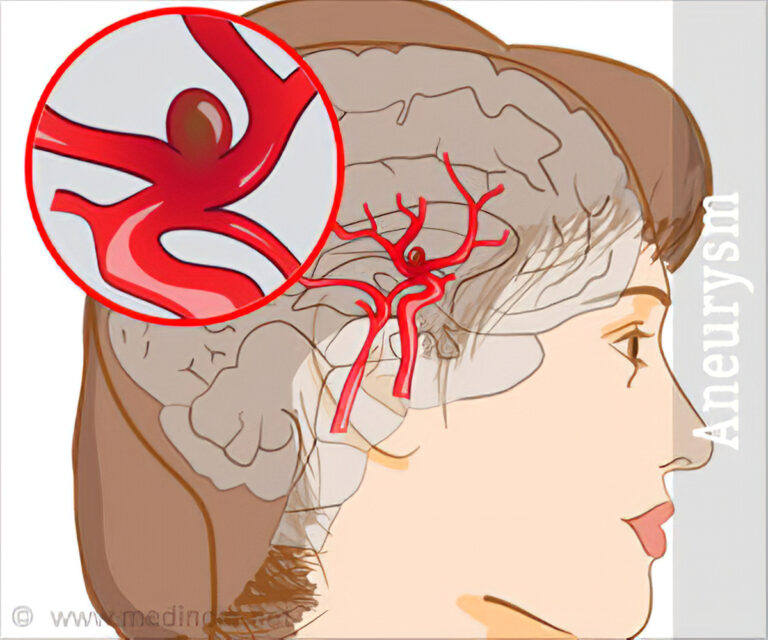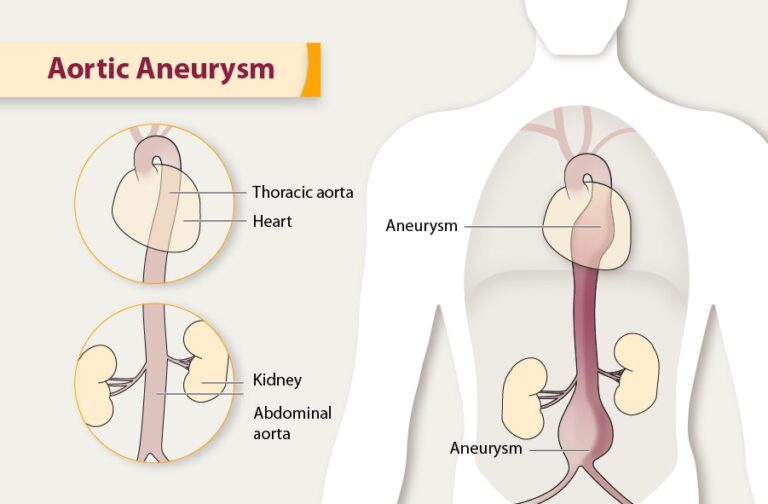Popliteal Aneurysm: Symptoms and Causes
Author: Giselle Robel
Giselle Robel
Category: Health
A popliteal aneurysm is a bulge in a blood vessel (artery) behind your knee. The swelling may occur on a weak spot in the artery. It may occur in one or both legs.

Blood clots can form in this type of aneurysm and block blood flow in your leg. That which supplies blood to the knee, joint, thigh, and calf. A popliteal aneurysm can burst and it can be life-threatening because of uncontrolled bleeding that may happen. And with a possibility of requiring a leg amputation. A small aneurysm may not need surgery, although your doctor will watch it closely.
Having a popliteal aneurysm means you may also have a higher risk of heart disease.
Causes of Popliteal Aneurysms
The exact cause of popliteal aneurysms is not known, though atherosclerosis may play a key role. Trauma to the artery may also cause a popliteal aneurysm.
More rarely, aneurysms can also be caused due to trauma or surgical procedures resulting in the damage of the arteries.
Symptoms
Many popliteal aneurysms may have no symptoms. However, here are some of the most common symptoms:
- Pain behind the knee
- An edema (collection of watery fluid) in the lower leg
- Foot pain
- Ulcers on the skin of the feet that don’t heal
What are the other things to look out for?
Popliteal aneurysms are quite uncommon, with nearly half of the patients showing no clear symptoms (asymptomatic) at the time of diagnosis. And also, the exact number of people who may have suffered with them is currently unknown due to a lack of evidence. However, a few studies suggest they can be more prevalent in people aged between 60 and 70 years. They can also be more frequently found in people who have abdominal aortic aneurysms. Which may suggest a genetic/inherited predisposition to the development of aneurysmal diseases.
Risks associated with a popliteal aneurysm
Blood clot formation is a risk associated with aneurysms and can be life- threatening by blocking blood flow to the lower limb.
The main risk from a popliteal aneurysm is the sudden loss of blood supply to the lower leg.
If left undiagnosed, popliteal aneurysms can lead to irreversible nerve damage and gangrene (due to the lack of oxygen to the nerves and muscles in the leg) which can lead to limb loss and/or life-threatening sepsis and multi-organ failure. More rarely, popliteal artery aneurysms may burst, causing a severe internal bleed (hemorrhage) within the leg.
If gangrene results from a severe blockage in the extremity, an amputation may be necessary. There is also a risk the aneurysm may continue to enlarge with progressive weakening of the walls of the artery, and although rare, eventually rupture. This in turn can lead to uncontrolled bleeding, which is a life-threatening situation.
You may be at risk for a popliteal aneurysm if you:
- Have high cholesterol
- Have high blood pressure
- Smoke
- Have a bacterial infection
- Have had blood-vessel reconstruction in one or both legs
How to diagnose popliteal aneurysm
Medical and family history
To understand if any first-degree family members had any similar conditions and so the possibility of having a popliteal aneurysm is high.
A physical examination
Such as the following:
- A pulse within the leg
- Any signs and symptoms of restricted blood flow (acute lower limb ischemia) - this would require an emergency, surgical intervention
- Whether you can feel or move the foot
- Excruciating pain progressively evolving towards numbness
- Irreversible coldness, pallor, and mottling of the foot and leg
As part of your healthcare professional's diagnostics they may also use/suggest the following:
- Duplex ultrasonography - to know the actual size and shape of the artery, and check for the presence of a clot and the flow of blood within the lower leg
- CT-Angiogram or MRA scans - second level imaging for pre-operative assessment and planning.
- Computed tomography (CT) scan
- Angiography
Treatment
Surgery is generally required to treat popliteal aneurysms. Your surgeon will typically create a bypass around the area of the artery where the aneurysm is located.
It’s important for you to carefully control high blood pressure with medication.
Popliteal aneurysms can be treated by two methods:
Open surgical repair, in which a bypass is created around the aneurysm for improving the flow of blood.
Or, secondly, endovascular popliteal aneurysm repair. Whereas, a stent graft (a tube made of fabric with a metal mesh) is inserted into the area of the aneurysm to support the bulged artery.
Your surgeon may recommend the best option for your situation depending on the size of the aneurysm, the status of your overall health, and the condition of the arteries.
Endovascular repair: This is a minimally invasive procedure that involves inserting a catheter (a long, flexible tube) over a guidewire, into the artery in the groin and guiding it to the aneurysm. Your surgeon may also administer medications through the catheter to dissolve any blood clots. This procedure prevents an aneurysm rupture and the risk of blood clots and blockage of the artery.
What can you expect after aneurysm repair?
Depending on the type of surgery performed. You may have to stay short in the hospital for about 1/2 to 2 days with a quick recovery after endovascular repair or a long hospital stay of 2 to 5 days with open surgery. Keep the incision clean and dry and avoid driving and lifting heavy weights for a few weeks after the repair. Follow-up imaging tests will be ordered, to make sure that the proper functioning of the stent endovascular repair and proper functioning of the graft open surgery.
How can you care for yourself at home?
- Do not smoke. Smoking can damage blood vessels. If you need help quitting, ask your doctor about stop-smoking programs and medicines. These can increase your chances of quitting for good.
- Manage blood pressure. A healthy lifestyle along with medicines may help you lower your blood pressure.
- Manage cholesterol to help keep your blood vessels healthy. Healthy lifestyle along with medicines can be a big help to you to manage your cholesterol level.
- Eat heart-healthy foods. These include fruits, vegetables, whole grains, fish, and low-fat or non-fat dairy foods. Limit sodium, alcohol, and sweets.
- Stay at a healthy weight. Losing weight may lessen the pressure in your knee and veins.
- Ask your doctor what type and level of activity is safe for you. If your doctor recommends it, get regular exercise. Walking is a good choice. Bit by bit, increase the amount you walk every day. Try for at least 2½ hours a week. You also may want to swim, bike, or do other activities.
- Manage other health problems. If you think you may have a problem with alcohol or drug use, ask help. Talk to your doctor.
Are there any complications after the aneurysm repair?
As with any surgery, open and endovascular popliteal aneurysm repair may involve certain risks and complications.
- Blood leakage around the graft
- Infection
- Blocked blood flow within the graft
- Graft migration
- Death












